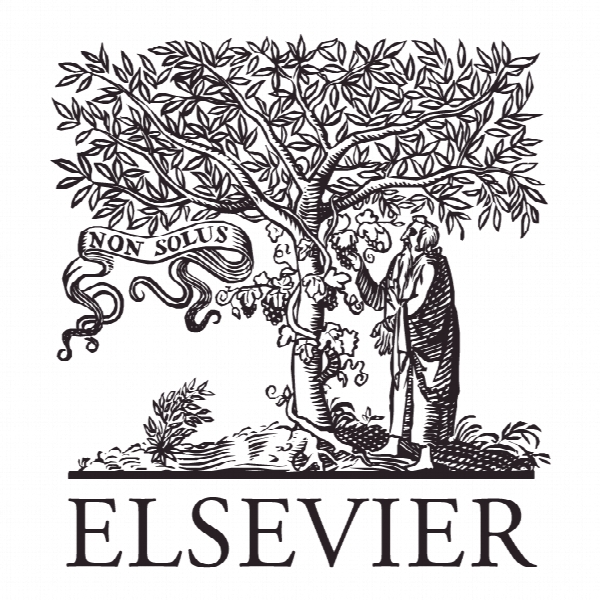بررسی ارتباط HRM و عملکرد شرکت: یک متا آنالیز مطالعات طولی Exploring the relationship between HRM and firm performance: A meta-analysis of longitudinal studies
- نوع فایل : کتاب
- زبان : انگلیسی
- ناشر : Elsevier
- چاپ و سال / کشور: 2017
توضیحات
رشته های مرتبط مدیریت
گرایش های مرتبط مدیریت منابع انسانی
مجله مرور مدیریت منابع انسانی – Human Resource Management Review
کلمات کلیدی مرکز تحقیقات کسب و کار کوچک، کینگستون، انگلستان
نشریه نشریه الزویر
گرایش های مرتبط مدیریت منابع انسانی
مجله مرور مدیریت منابع انسانی – Human Resource Management Review
کلمات کلیدی مرکز تحقیقات کسب و کار کوچک، کینگستون، انگلستان
نشریه نشریه الزویر
Description
1. Introduction Since the first set of survey-based, statistically analysed studies of human resource management (HRM) and performance (Arthur, 1994; Huselid, 1995; MacDuffie, 1995) was launched in the 1990s, a burgeoning of HRM academic work has attempted to demonstrate that a set of well-defined, mutually reinforcing HR practices leads to better firm performance. Particularly, they argue that so called ‘high performance work practices’ (HPWPs) in strategic HRM (SHRM) can enhance firm performance through improving employee knowledge, skills, competence, commitment and productivity (Appelbaum, Bailey, Berg, & Kalleberg, 2000; Datt, Guthrie, & Wright, 2005). HPWPs are conceptualised as a set of distinct but interrelated, mutually reinforcing HRM policies and practices, rather than isolated individual HRM practices. These it is said, aim to select, develop, retain and motivate a workforce to achieve superior intermediate indicators of firm performance (Becker & Huselid, 1998; Guthrie, 2001; Huselid, 1995). Although a large majority of published studies provide empirical evidence of a positive association between HRM and firm performance, it is difficult to demonstrate a causal link (Boselie, Dietz, & Boon, 2005; Combs, Liu, Hall, & Ketchen, 2006; Guest, Michie, Conway, & Sheehan, 2003). This is largely because insufficient methodological rigor in analysis limits inferences about the direction of causality (Shadish, Cooke, & Campbell, 2002). For example, it is difficult to know when, or by whom, HRM procedures are introduced (Guest, 2011). Some empirical research has tried to shed more light on this issue, but so far it has provided mixed findings. For example, some studies have reported a significant simultaneous and longitudinal relationship between HRM practices and firm performance indicators (Becker & Gerhart, 1996; Sheehan, 2014; Wright & Boswell, 2002). Others studies found that initially HRM leads to better firm performance but that this link disappears once past performance is controlled (Guest et al., 2003), suggesting that past performance is a much stronger predictor of current performance and overtakes any impact of HRM. By reviewing 68 empirical studies, Wright, Gardner, Moynihan, and Allen (2005) summarise four types of research design among empirical studies assessing the relationship between multiple HR practices and firm performance: ‘predictive’, ‘post-predictive’, ‘retrospective’ and ‘contemporaneous’ research designs. The ‘post-predictive’ research design is by far the most prevalent design within the HRM-performance domain. In this design, HRM practices are measured after the performance period (see Black & Lynch, 2001). In ‘retrospective’ research, survey participants are asked to recall HR practices that existed prior to the performance period. Guthrie (2001) uses performance data from 1996/7 while asking respondents during that time to report the practices that existed during 1995/6. The ‘contemporaneous’ methodology use contemporaneous HR practices and performance data. For example, Delery and Doty (1996) use HR practices data during 1992 and year-end performance data in the estimation. Since the year-end data encompasses performance from months prior to and concurrent with HR practice measures, it is difficult to draw a firm and reliable cause-and-effect relationship. Finally, only a few studies can be classified as ‘predictive’. In ‘predictive’ studies, the extent to which HRM practices assessed at one point in time can influence firm performance at a later point in time can be assessed. A good example is Snell and Youndt’s (1995) study that relates HR practices to performance 3 years later (also see Youndt, Snell, Dean, & Lepak, 1996).


